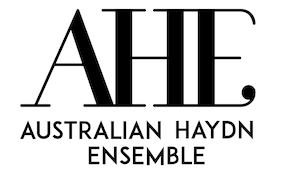This is the third in the Beethoven sonata series, played by English-born, sometime Australian resident, James Brawn. I enjoyed a recent recital (which included a thoughtful Pictures at an Exhibition).
Brawn shows every sign of thinking beyond the mere technical aspects of these works. In the early (1797) Sonata Op. 2 No 2, he keeps the music in proportion – this was still the Classical era – but also understands that the young Beethoven had a rough edge (bracingly evident in Brawn’s accented bass notes) and a sharp sense of humour. The latter imbues the scherzo with a quicksilver, throwaway quality.
Brawn rightly brings more romantic ardour to the sturm und drang of the middle-period sonatas. His urgency in the tempestuous allegro of No 17 does not undermine the necessary Classical poise, while contrasting moments of calm are presented with sensitivity and clarity. Beethoven had a reputation as an improviser at the piano, and there is a real sense of this in Brawn’s playing.
Sonata No 26, Les Adieux, can sometimes elude even the greatest Beethoven pianists. Its course is highly varied, both musically and dramatically. Brawn shapes every fleeting change of emphasis in the first movement, and even more so in the inward-looking Andante espressivo. His Vivacissimamente finale opens with a virtual explosion of joy and never lets up. Here is a true virtuoso at work. The best so far in a fine series.












Comments
Log in to join the conversation.